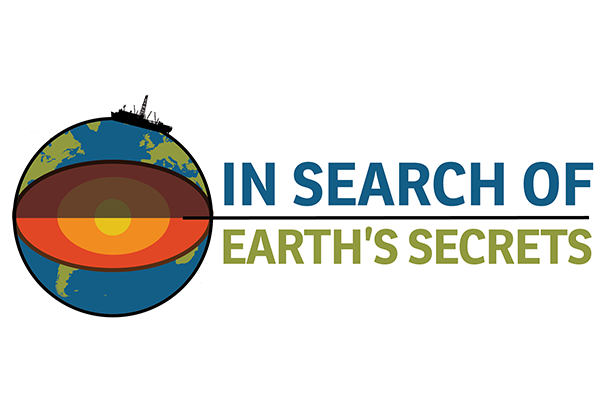The University of Louisiana at Lafayette’s Dr. Jennifer Hargrave is coordinating a project to help elementary students learn about subjects such as tsunamis, the Earth’s core and deep sea fossils.
Hargrave is an instructor in UL Lafayette’s School of Geosciences and associate curator of the University’s Geology Museum. The school is posting weekly videos to its YouTube channel that are narrated by geosciences students.
The five short videos are “intended to provide a springboard for instruction in elementary classrooms, and inspire careers in science, technology, engineering and math, or STEM, fields,” she explained.
Hargrave is hopeful the videos will also serve as previews to a larger attraction – the "In Search of Earth's Secrets" exhibit funded by the National Science Foundation. The School of Geosciences landed the traveling exhibit last year for a scheduled six-week stay after stopovers at James Madison, Penn State and Rutgers universities.
UL Lafayette’s turn to host the exhibit, however, coincided with state and national bans on large gatherings to help reduce the spread of COVID-19. As a result, its assortment of kiosks, large screens that broadcast educational videos, and interactive science-related activities currently sit unexplored in the University’s Geology Museum. The exhibit’s inflatable “pop-up” ship that can be transported to large public events is also moored there during the pandemic.
The museum’s 4,500-square feet of exhibit and research space holds UL Lafayette’s collection of fossils, minerals and rocks. It is housed inside the Lafayette Science Museum downtown. Both museums remain closed.
The School of Geosciences is in the process of trying to coordinate a full, six-week run for "In Search of Earth's Secrets" once the exhibit is able to start moving again. In the meantime, elementary students and teachers can learn about science beneath the ocean’s floor via the videos.
Video content – like the exhibit – is based on research conducted aboard the JOIDES Resolution, a 470-foot long research ship capable of drilling beneath the ocean floor. The vessel collects samples of the Earth’s core for geological studies as part of the NSF-funded International Ocean Discovery Program.
The videos explore topics such as earthquakes that spawn tsunamis, deep sea fossils and processes employed to conduct research beneath the sea floor.
In the first video, geosciences graduate teaching assistant Gail Choisser explains how scientists drill into the ocean floor with narrow, hollow tubes. The tubes can be opened lengthwise inside laboratories, exposing cylindrical sections of sediment for layer-by-layer study.
“It’s like cutting into a cake to find all the layers inside. But instead of cutting a slice out, we leave the rest of the layer cake - the sea floor - relatively undisturbed by taking a thin tube of sea floor out instead,” Choisser explains during the video.
Learn how to view the videos and more about “In Search of Earth’s Secrets.”
Graphic: As part of the "In Search of Earth's Secrets" program, UL Lafayette’s School of Geosciences is posting short videos to its YouTube channel to teach children about subjects such as tsunamis, the Earth’s core and deep sea fossils. Graphic credit: International Ocean Discovery Program
